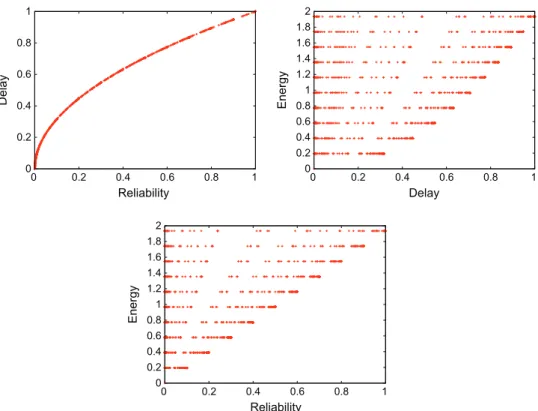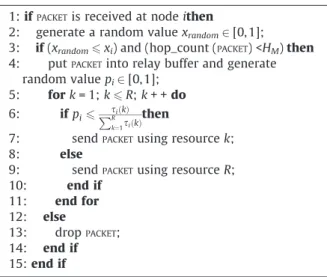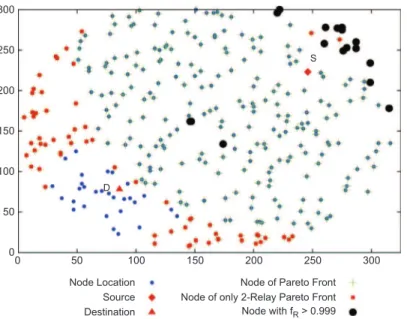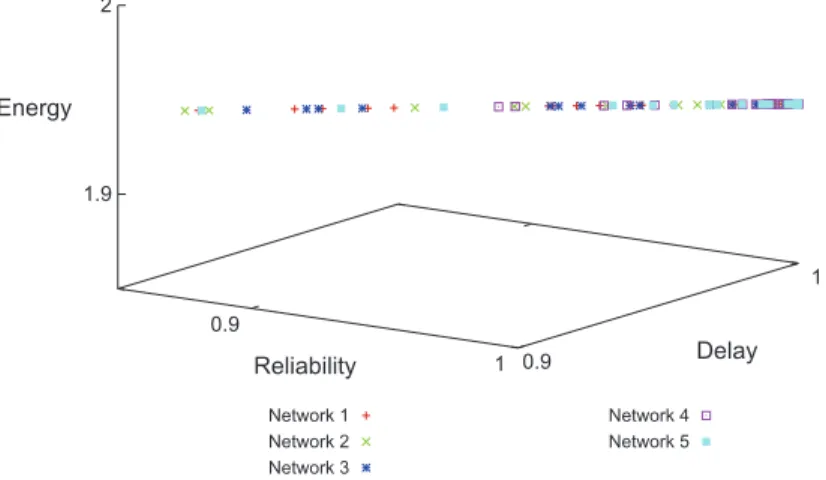A Cross-layer Framework for Multiobjective Performance Evaluation of Wireless Ad Hoc Networks
Texte intégral
Figure




Documents relatifs
When a monitor node wants to supervise the behaviour of its neighbours, it needs to know some important piece of information like the number of nodes in the interference range,
In other terms, a protocol that ensures energy ef- ficiency, traffic differentiation at the channel access and routing levels, reliability, node synchronization and mobil- ity
In survey box C, small magnetization variations are also observed along short-lived segment separated by small offsets with smaller along-axis crustal thickness varia- tions than
Transport layer protocols provide end-to-end data delivery without having any knowledge on the network structure, like number of hops, parameters of communication link and so
In contrast, when we identified 389 compartment boundaries in treated cells that were positioned at loop domain anchors annotated in untreated cells (within 25kb), we found that
It is now commonly accepted that the unit disk graph used to model the physical layer in wireless networks does not reflect real radio transmissions, and that the lognormal
In this section we describe an approach for performance monitoring and performance anomaly detection based on packet capturing and the application of simple heuristics.. Therefore,
For an arriving beacon signal transmitted by the sink, received power levels are computed for each sensor node in the network and these levels are then used as





